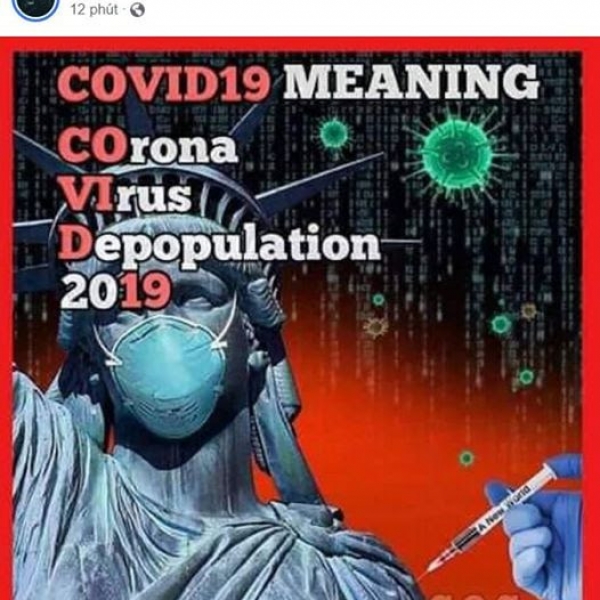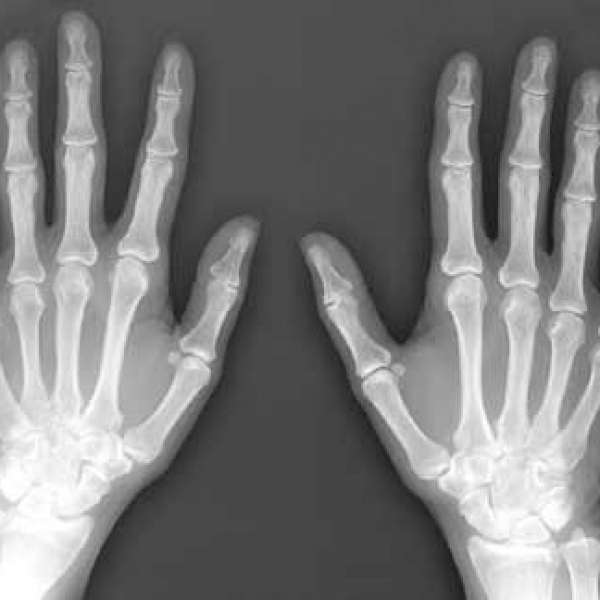Contact Admission
When did science use the white mouse in the experiment?
Today, it is estimated that more than 90% of animal studies in America are done with guinea pigs or its relatives.
Back in history, nearly 200 years ago, the white mouse was first used in the experiment for research purposes.
According to Science magazine statistics, rodent animals are the most used test subjects in the past hundred years.
Today, it is estimated that more than 90% of animal studies in America are done with guinea pigs or its relatives.
Between 1965 and the early years of the 21st century, the number of scientific citations regarding mice quadrupled, while experiments on dogs, cats, and rabbits generally did not increase.
According to the New York Times, the beginning of this popularity dates back to the story in 18th century Europe. At that time, many places in the "old continent" were raged by rats and seriously affected the social life.
Since then, a new series of occupations and activities was born.
The catchers began to appear in the UK, specializing in "hunting" rats and selling them to collectors as animal feed or areas with a habit of eating mice.
Fun mouse entertainment has also emerged. Mouse "arenas" are set up, in which a mouse, a dog or a cat is released inside.
The dealer will create many "raffles" for the betting world like a dog that will kill all rats in an arena, or which cat will kill the mouse fastest.
This game was so popular that only in the downtown area of London there were 30 arenas at that time.
The need for a multi-colored mouse for easy distinction in wagers increases. Jack Black - a famous rat-catcher trainer - began to notice mice of different colors, especially those with white fur caused by albinism.
Since then, Jack Black sought to breed and domesticate the white-haired mouse.
The early 19th century was also a period of explosion in biological and medical research, leading to the need for a very large experimental specimen.
Realizing that guinea pigs are small in size, easy to reproduce, and have a short lifespan, which makes it convenient for research over many generations, and also has a human genome of more than 90%, the scientists decided to use the guinea pig as animals. experiment.
One of the most important reasons is that mice are genetically modified, making it easier for scientists to do genetic research by inactivating or inserting foreign DNA fragments.
In 1828, guinea pigs were used for the first time in the study of protein content in the human body. This is also the first time that scientists have used animals as experimental animals.
By 1906, the Wistar Institute in Philadelphia (USA) began to give the standard mouse test. By selective mating, the scientific community has gradually created the ability to create mice with many characteristics for research purposes.
The guinea pig rats with criteria such as less biting, adapting to a more "restrained" lifestyle, reproducing faster, and small but clearly distributed organs.
Up to now, despite the controversy over animal rights, most experts still admit that without the guinea pig, the biomedical industry would hardly be able to make such great strides at present.
Other news
- Therapeutic potential and mechanisms of mesenchymal stem cell-derived exosomes as bioactive materials in tendon–bone healing ( 08:38 - 23/11/2023 )
- Symbol of medicine ( 19:38 - 19/09/2021 )
- The history of the development of medicine worldwide and in Vietnam ( 18:58 - 19/09/2021 )
- Pharmacology in mind ( 08:42 - 04/02/2021 )
- Nitric Oxide and other medical contributions over 2 decades ( 08:19 - 11/12/2020 )
- Scientists Create First Full-Size 3D Printed Human Heart Model ( 09:32 - 10/12/2020 )
- How Many People Need Vaccines to Reach Herd Immunity? ( 09:25 - 10/12/2020 )
- Whitmore's disease increased in Central ( 07:56 - 19/11/2020 )
- Diabetes - the silent killer ( 08:17 - 16/11/2020 )
- Lung cancer may be mistaken for COVID-19 ( 08:30 - 21/10/2020 )








